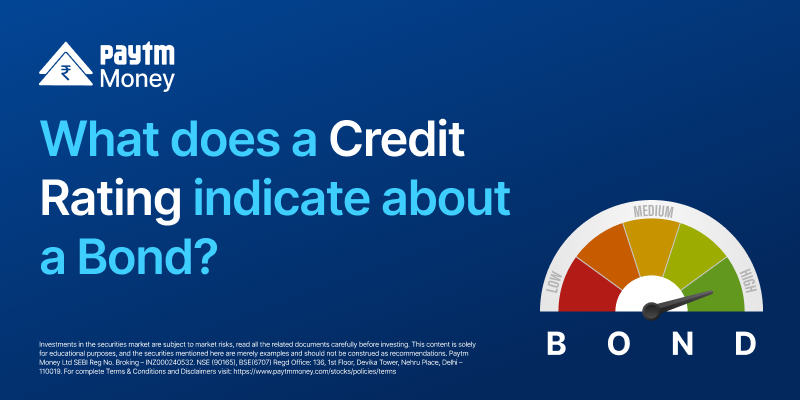How to trade Nifty & FinNifty at expiry?5 min read
Introduction to expiry-specific strategies
Expiry day trading refers to trading strategies that are executed on the day when options contracts expire; traders can either exercise their options or let them expire worthless.
Due to the volatility and unpredictability of the market, expiry day trading can be a high-risk, high-reward strategy. Trades should be made only after a thorough understanding of the market, options pricing, and risk management techniques.
Expiry-based strategies – Nifty & FinNifty
Expiry day strategies for Nifty and FinNifty can vary depending on various factors such as the prevailing market conditions, the individual trader’s risk appetite, and trading goals.
Here are a few tips to consider when trading on expiration day:
- Know the expiration date: It is important to know the expiration date of the options contracts you are trading. This will help you avoid any unexpected surprises and make informed trading decisions.
- Monitor market conditions: Keep a close eye on the market conditions leading up to expiry day. Look for any news or events that could potentially impact the underlying asset’s price.
- Use technical analysis: Technical analysis can be useful in identifying support and resistance levels, as well as potential trends that could affect the asset’s price movement.
- Plan your trades: Develop a trading plan that includes entry and exit points, stop-loss orders, and profit targets. Stick to your plan and avoid making impulsive trading decisions.
- Manage your risk: Expiry day trading can be risky, so it’s important to control it by limiting the size of your positions and using stop-loss orders to reduce potential losses.
Overall, expiry-day trading can be a challenging but potentially profitable strategy. Traders should be disciplined, patient, and well-informed about market conditions and options pricing before attempting this strategy.
Let’s learn how to sell options on expiry day.
1. Why Option selling?
On expiry day, theta decay is faster, and all out-of-the-money options expire worthless, giving options sellers a 60%-70% winning probability.
Here are a few popular strategies that traders use for option selling on expiry day:
- Short straddle: In this strategy, traders sell both a call and a put option with the same strike price and expiry date. The idea behind this strategy is to profit from the lack of movement in the underlying asset.
- Short strangle: The trader sells both a call and a put option with different strike prices but the same expiration date. The idea behind this strategy is to profit from the lack of movement in the underlying asset.
- Iron condor strategy: This strategy involves selling both a call option and a put option with the same expiration date, but at different strike prices and buying out of the money (OTM options) call and put for protection as a hedge. The distance between the two strike prices determines the potential profit and risk. The premium received from selling the options generates income, and if the underlying asset remains within the range of the two strike prices, the options will expire worthless and the trader will keep the premium. However, if the underlying asset moves beyond either strike price, the investor may face potential losses.
2. Identify trading range of index on expiry
Open interest can be used to identify support and resistance. Highest Call OI strike will be considered as Resistance and Highest Put OI will be considered a support. This can be the potential trading range for the expiry day for Nifty and Fin Nifty.
To reduce risk, use a stop loss (individual or combined leg) or convert the strangle to an iron condor by buying an OTM call and put. Buying OTM will act as a hedge to sell positions, protecting against unlimited loss and reducing margins by up to 1/4th.
3. Use OI to execute a short strangle strategy on the Nifty expiry day
- Identify the strike prices: Look for the Nifty strike prices where the highest open interest exists for both call and put options. This is the range where traders are showing the most interest and indicates that the market expects the Nifty to remain in this range on expiry day.
- Check volatility levels: High volatility can cause large price swings, making a short strangle strategy unsuitable. Check the implied volatility of the options to ensure it is not too high, as this could result in losses if the underlying asset moves outside of the range.
- Evaluate potential profit: Calculate the potential profit from selling both call and put options at the strike prices you’ve chosen ahead of time. Make sure the combined premium received is worth the risk of the trade.
- Set stop-loss orders: Use stop-loss orders to limit potential losses if the underlying asset moves outside of the expected range.
It is important to note that these strategies involve significant risks and require a thorough understanding of the market conditions and the individual trader’s risk appetite. Before entering any trade, traders should seek professional advice, start with small position sizes, and gradually increase capital exposure as they gain experience and confidence.
Disclaimer– Investments in the securities market are subject to market risks, read all the related documents carefully before investing. This content is purely for informational purposes only and is in no way to be considered as advice or a recommendation. The content, examples, and strategies illustrated here are obtained from publicly available sources and are for educational purposes only. Readers are advised to exercise caution, as options trading involves substantial risk and is not suitable for all types of investors/traders. Paytm Money Ltd SEBI Reg No. Broking – INZ000240532. NSE (90165), BSE(6707) Regd Office: 136, 1st Floor, Devika Tower, Nehru Place, Delhi – 110019. For complete Terms & Conditions and Disclaimers visit: https://www.paytmmoney.com/stocks/policies/terms



